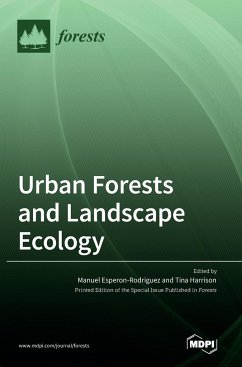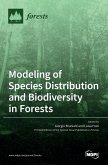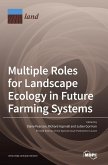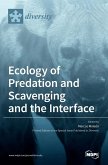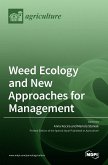Urbanization is a dominant driver of landscape transformation across the world, with cities representing centers of economic and socio-cultural development. Today, more than 4.2 billion people live in urban areas, which represent ~3% of the Earth's land area. By 2050, it is predicted this number will increase to 6.6 billion people (~70% of the predicted global population). As the human population grows, cities around the globe will continue to expand, increasing the demand for food and services. Within cities, urban forests provide multiple nature-based solutions, as well as other environmental services and socio-economic benefits, such as heat mitigation and social integration. Urban forests are also important for coping with psychological stress during events, such as the COVID-19 pandemic. Therefore, urban forests are a priority for basic and applied forest research because they are intimately connected with people's physical, cultural, and economic well-being in the urban environment, and can also be important reservoirs of biodiversity. To promote a better understanding of urban forests and landscape ecology, this book in "Urban Forests and Landscape Ecology" compiled research set in urban forests and focused on some spatially explicit processes. Studies presented in this book are highly interdisciplinary and use a wide range of research approaches. This book present nine scientific publications from global urban forests demonstrating that these forests, as a nature-based solution, provide multiple environmental services and are crucial to improve urban livability and thereby the wellbeing of city dwellers.

